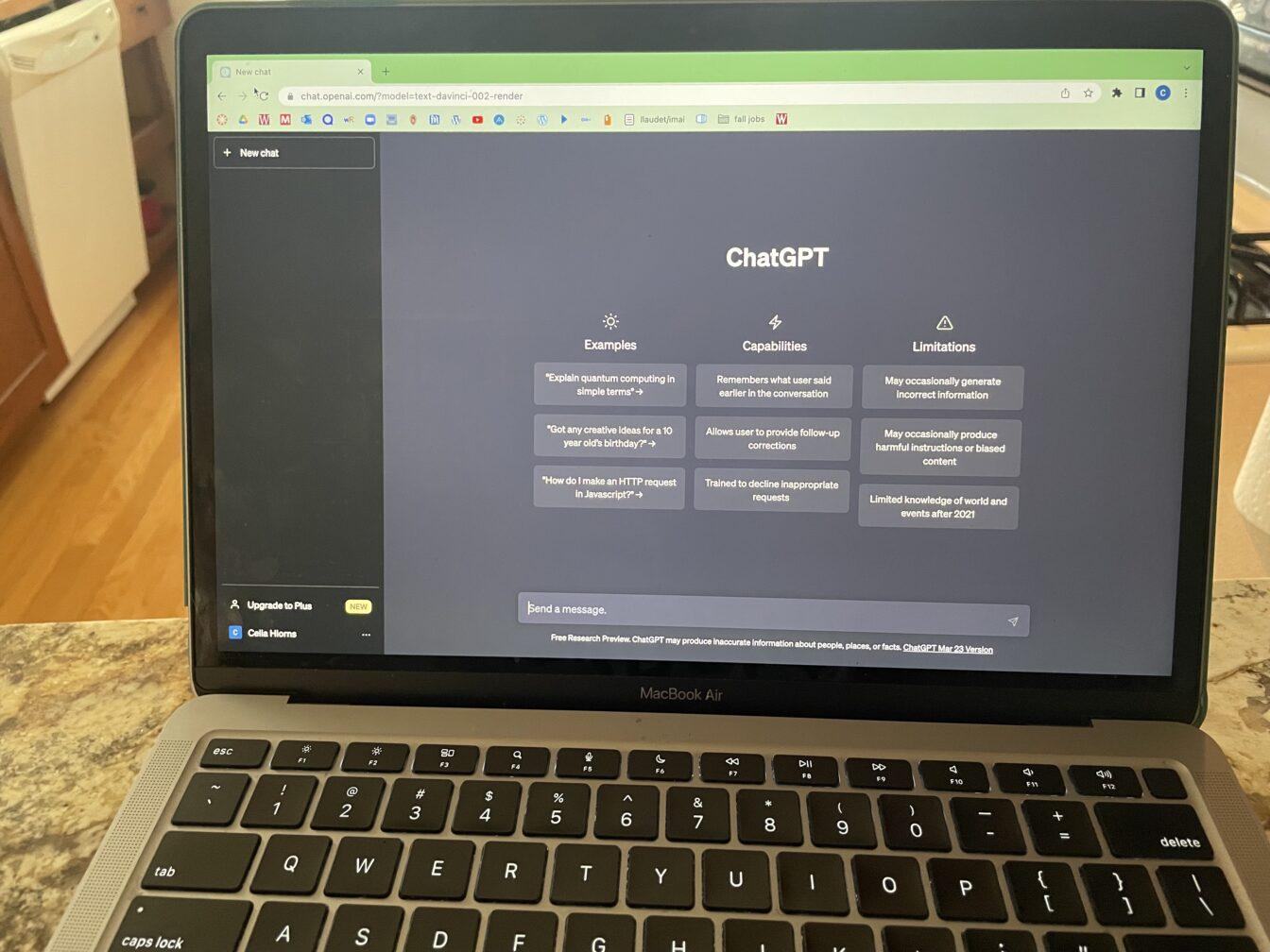It’s stereotypical for a college Republican to blame government for a problem. It’s also stereotypical for a college Republican to quote former President Ronald Reagan when discussing how government is to blame for a problem. But stereotypes are grounded in some truth, right?
“Government is not the solution to our problem, government is the problem,” Reagan said.
Over the past 35 years, tuition at public universities has quadrupled. In fact, according to Paul Campos in the New York Times, if this increase in price was applied to the average cost of your brand-new, base-model Chevy Cruze, it would cost $80,000.
University of Wisconsin and public universities across the country will tell you the same thing. Cuts to higher education by states have forced them to make up for that “budget hole” by doing one thing: raising tuition. As a function of that rising cost of tuition, students have been forced to take out student loans, thus leaving us in our current situation. College costs keep rising and student debt keeps racking up.
Imagine going to the doctor with a really bad stomach ache. In the examination room, the doctor tells you the root cause of your stomach ache is an all too common disease called government intervention.
This government intervention leads to higher tuition and in turn a bigger stomach ache because you have to take out more student loans.
He tells you the best way to combat this disease is to go after the root cause — government involvement. Instead, you ask him to just treat the stomach ache, which is a symptom.
In the short term, taking the Democratic endorsed Tums, which allows you to refinance your loans, the stomach ache becomes less painful. In the long run, the disease festers and gets worse. Tuition continues to increase as government involvement continues to persist.
Democrats in the state and across the country have endorsed ideas that would address these symptoms.
The root cause is good-intentioned, government intervention. The idea behind this operates on the Economics 101 idea of incentives. As the government increases access to student loans and increases access to aid, state schools operating on incentive raise tuition to capture more of this available government money.
Then, they tell the story that they have run out of money and need to raise tuition. When they raise tuition, government increases access to loans and students take out more loans, thus starting the vicious cycle of rising tuition equals increased loans.
But some will say, the rising tuition is because the evil Emperor Scott Walker cut state funding.
Shockingly, inflation-adjusted government money for college affordability reached a record high of $86.6 billion in 2009. The money, instead of going towards granting more access to higher education or into the pockets of highly-qualified professors, went elsewhere.
According to The New York Times, salaries for full-time faculty are barely higher than they were in 1970, on average. While professors and students aren’t seeing the money, college administrators are.
Between 1993 and 2009, administrative positions grew by 60 percent — 10 times the growth rate of faculty positions. In addition, according to a California Polytechnic State University professor, between 1975 and 2008, the total number of administrators grew by 8,383 positions — from 3,800 to 12,183, a 221 percent increase — while full-time faculty only grew by 405 positions.
To Democrats, college affordability means more government intervention and more government money.
To Republicans, “Government is not the solution to our problem, government is the problem.” To Republicans, we’d like to address the root cause of our student loan disease. We need radical ideas that will change the relationship between government and universities in order to benefit students.
And as a student loan voter (yes, I have about $35,000 in student loans), I appreciate and expect ideas that actually address the root — not ideas that are used to win my vote.
Anthony Birch ([email protected]) is a senior majoring in political science and strategic communications.














